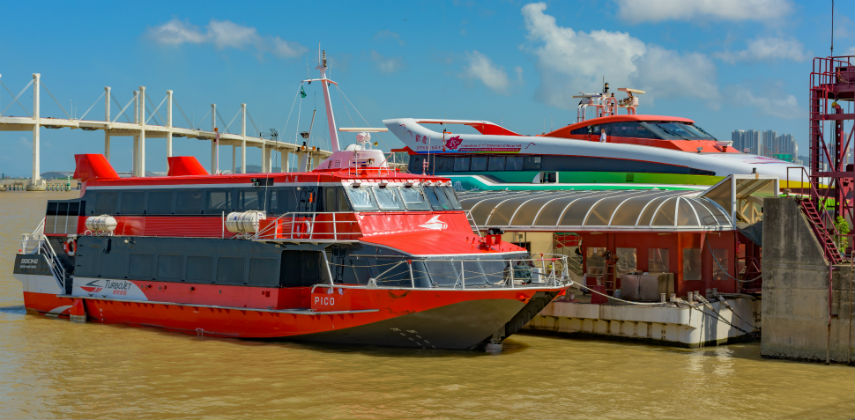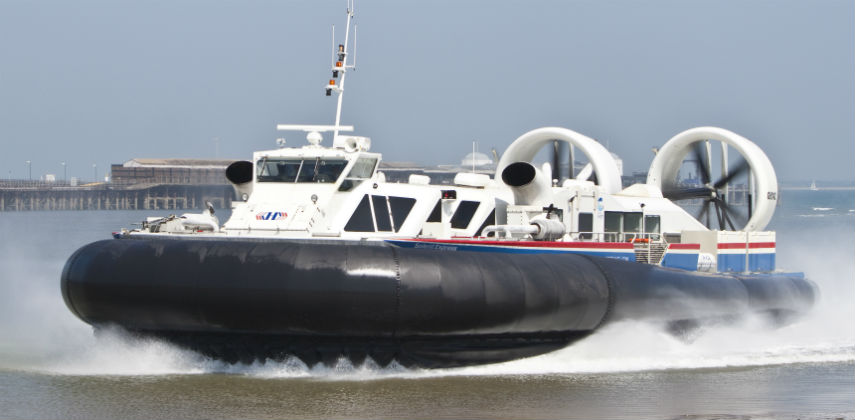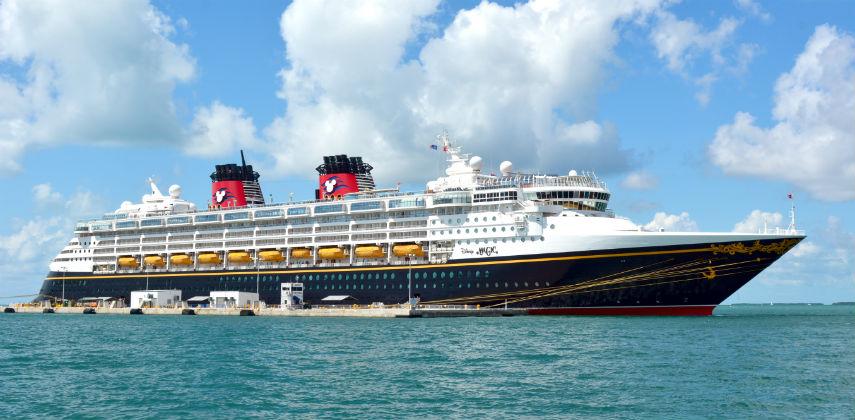Is a naval architect an engineer? Yes, but more. Are warships what naval architects deal with? Could be, but much more. Do naval architects design buildings? Not land-based buildings, but marine structures and vehicles. More questions? Let’s see some details.
Naval architects are qualified, well-trained professionals who are educated in naval architecture and trained in maritime engineering. They practise in the design, construction and maintenance of marine structures and vehicles, and are recognised as a member of professional institutions, such as The Royal Institution of Naval Architects and The Hong Kong Institution of Engineers (Mechanical, Marine, Naval Architecture & Chemical Division).
Naval architecture is an engineering discipline, involving basic and applied research, design, development, design evaluation and calculations during all stages of the life of a marine vehicle. Feasibility study, conceptual design, preliminary design, its detailed design, construction, trials, operation and maintenance, launching and dry-docking are the main activities involved. Naval architecture also involves formulation of safety regulations, damage-control rules and the approval and certification of ship designs to meet statutory and non-statutory requirements. Naval architects perform such activities while ensuring the marine structures and vehicles come with value for money and are completed within budget. Not only should naval architects ensure the structures serve the intended purpose, are safe to operate and maintain, but also minimise the negative impact on the environment, contribute to the economic development, and more importantly protect people and territories and help improve the lives of people.
Unlike land-based structures, marine structures and vehicles such as yachts, boats, ships, drilling platforms, submarines and floating hotels float on or under water, and can move in most cases. New technology is also pointing toward structures above water as well, such as hovercrafts, hydrofoils, or even wing-in-ground effect ships that “fly” above water with a limited height. These are all under the remit of a naval architect.
Having to tackle the complexity of the marine environment associated to the unpredictable wind and wave influence, naval architecture has traditionally been regarded as a hybrid of arts and science. With the advancement of modern day technology, the balance is shifting toward science. The design, construction, and maintenance of ships, ranging from giant container carriers, bulk cargo carriers, bulk petroleum tankers, luxurious passenger cruise liners, ice breakers, aircraft carriers, submarines, to high speed fast attack boats, are all supported by sound science and technology.
These marine structures and vehicles are highly sophisticated, and need to be supported by a team of specialists. Naval architects integrate the activities of a team of specialists in their respective fields and disciplines. This demanding leadership role requires managerial qualities and the ability to bring together the often-conflicting demands of the various design constraints to deliver a product which is fit for the purpose.
There are not more than 70 qualified naval architects in Hong Kong, but many of them are approaching retirement. In order to maintain Hong Kong as a maritime hub, younger generation is encouraged to embark on this rewarding and prosperous profession, which is in high demand. For more information on how to become a naval architect, please contact the Hong Kong Institution of Engineers (Mechanical, Marine, Naval Architecture & Chemical Division), or the Hong Kong Joint Branch of the Royal Institution of Naval Architects and the Institute of Marine Engineering, Science and Technology (HKJB of RINA & IMarEST).
Below are some of the some example vessels and structures which are the masterpieces of naval architects. The jetfoil vessel PICO is a passenger-carrying waterjet-propelled hydrofoil design by Boeing, now operated between Hong Kong and Macau. While underway, the entire vessel is supported by hydrofoils submerged under water, while all other parts are above water.
The jetfoil vessel PICO is a passenger-carrying waterjet-propelled hydrofoil design by Boeing, now operated between Hong Kong and Macau. While underway, the entire vessel is supported by hydrofoils submerged under water, while all other parts are above water.
 A fully amphibious hovercraft, also known as Air Cushion Vehicle (ACV), is a craft capable of travelling over land, water, mud, ice, and other surfaces.
A fully amphibious hovercraft, also known as Air Cushion Vehicle (ACV), is a craft capable of travelling over land, water, mud, ice, and other surfaces.
Written by Ir Ben Lau from the Mechanical, Marine, Naval Architecture & Chemical Division of the HKIE



